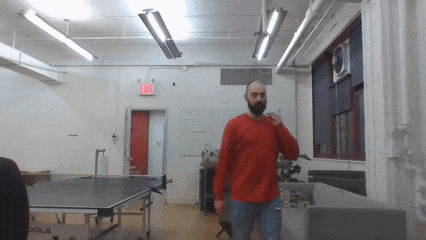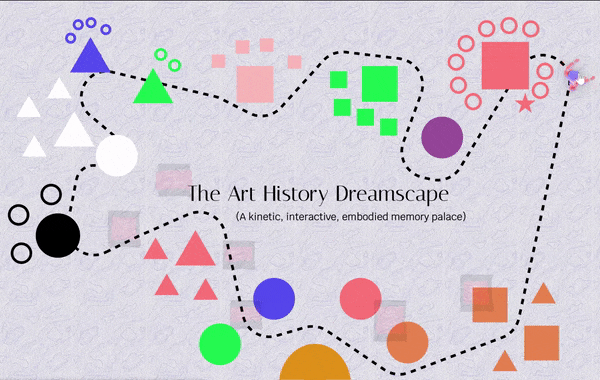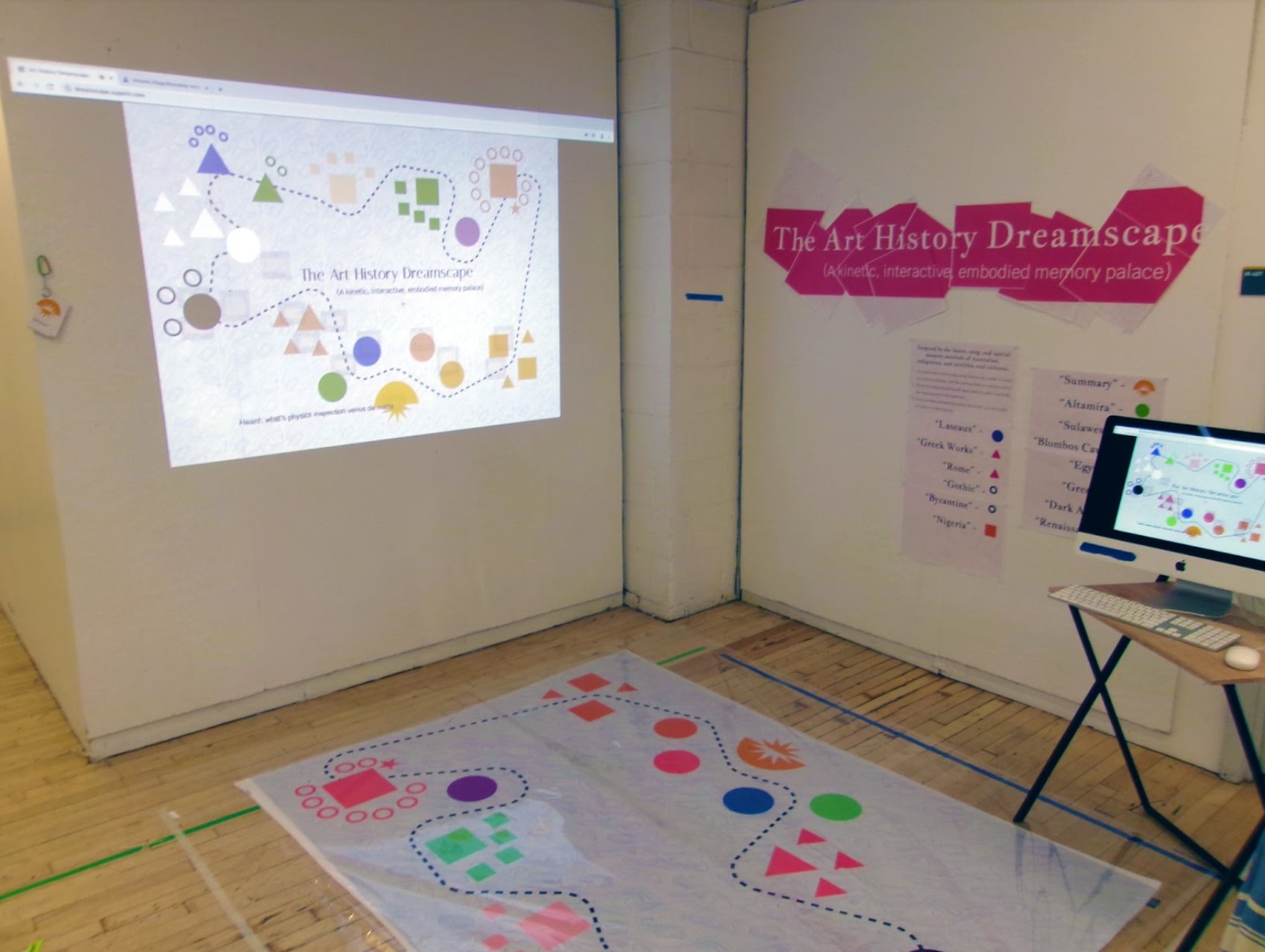Archival Research
Alongside the scientific and historical evidence derived from my thesis research, I
explored numerous types of social dances from across the world, particularly those that
told narratives, had mimetic qualities, or connected with the metaphysical.
Ultimately, it led me to the conclusion that embodying ‘otherness’ by magnifying human
traits, swapping with the kinesthetic traits of other things, or obscuring the human form
altogether, is a powerful internalization mechanism for memory when practiced through
sequencial but repeating rituals and narratives.
Dance acts as a form of kinetic empathy because it grants the ability for the practitioner
to 'embody' or become someone or something else: be it an animal, spirit, or idea. This is
a powerful and emotionally salient tool.










